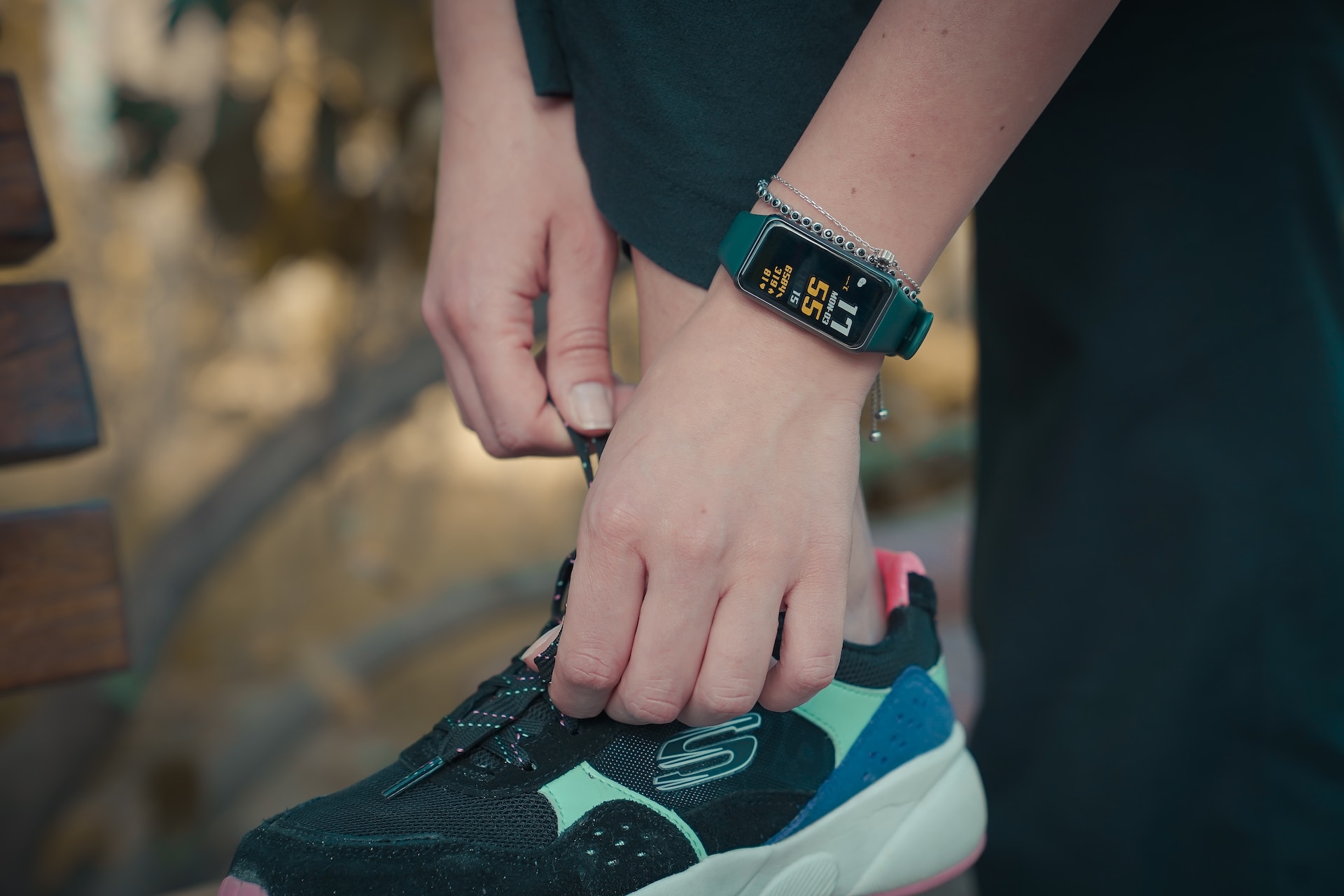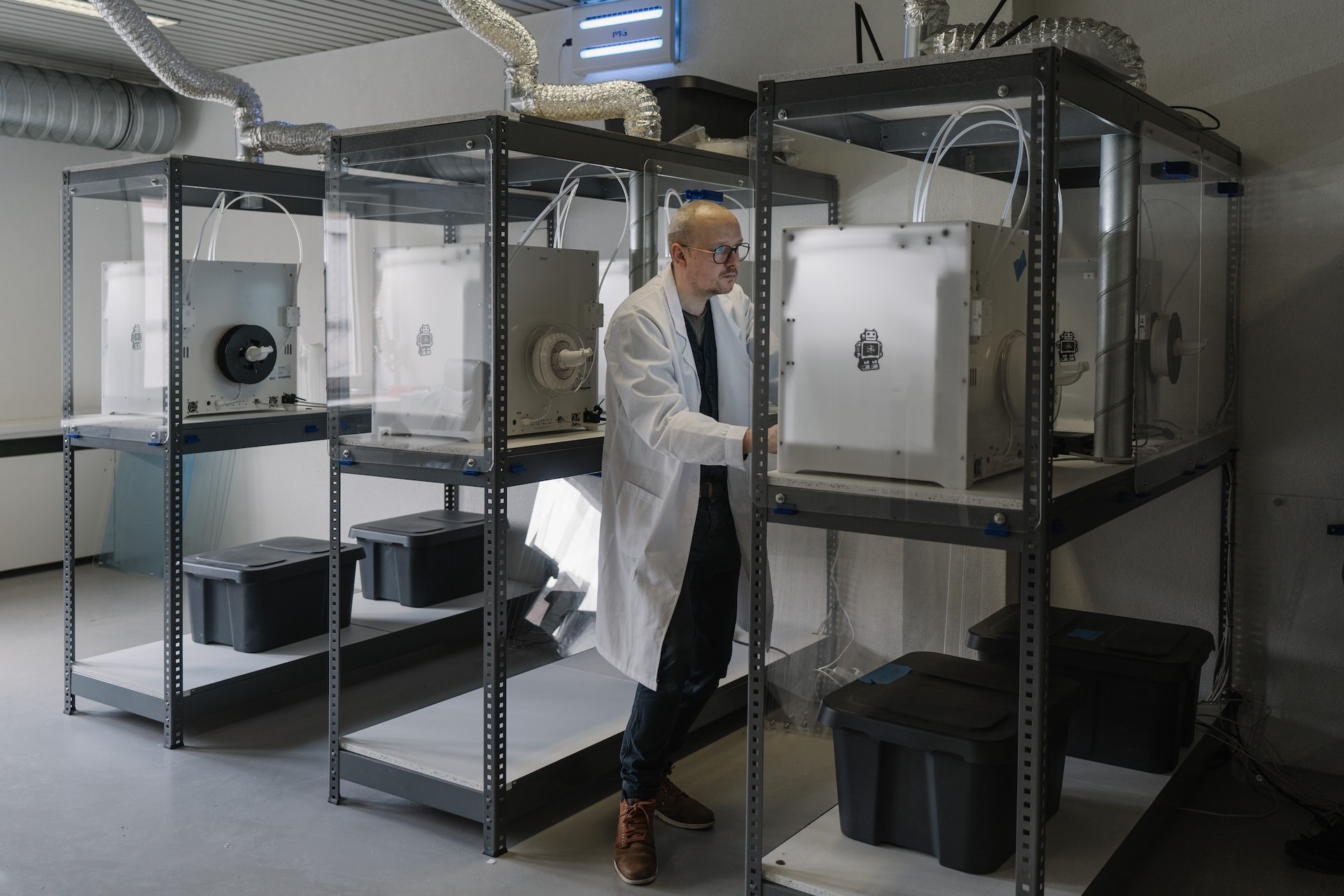
The Leading Trends Reshaping MedTech Companies in 2023
22 Sep, 20236 minutesThe MedTech industry is rapidly evolving, and 2023 is expected to be a pivotal year for the ...
The MedTech industry is rapidly evolving, and 2023 is expected to be a pivotal year for the sector. Several trends are reshaping the industry, including the growing significance of artificial intelligence in health technology, virtual reality in healthcare, and wearable medical devices. These trends are transforming how healthcare is delivered and creating new business opportunities for MedTech companies.
In this guide, we will explore 5 of the top trends that are affecting the MedTech industry and how companies in this sector can leverage these trends to improve patient care, inspire innovation, and enhance business outcomes.
1. Artificial Intelligence in Health Technology
One of the key trends that has emerged from the MedTech industry in the past few years is the growing significance of AI’s role in health technology. Artificial intelligence and machine learning technologies have become key components in the efforts of MedTech companies to enhance their medical devices’ diagnosis, treatment, and monitoring capabilities.
Many health technology firms recognise the advantages of AI in healthcare, and there is much evidence to support its effectiveness. Analysis from MedTech Europe found that AI-enhanced medical procedures like robot-assisted surgery can increase the success of operations by 52%.
With the potential to revolutionise the world of health technology, AI-augmented MedTech is already being used to improve patient outcomes and overall efficiency. For instance, many MedTech companies are already using AI to create personalised treatment plans by analysing a patient’s lifestyle, medical history, and genetic makeup. IBM Watson Health is a MedTech firm that’s leading the way in AI personalisation, having released products like IBM Watson for Genomics, a tool that allows clinicians to personalise treatment for cancer patients.
By harnessing the powers of AI, MedTech firms can expect better diagnostic accuracy, a speedier drug discovery process, and even lower operational costs due to the automation of administrative tasks and fewer diagnostic errors. AI has also proved to be a valuable tool in the life science recruitment process, enabling employers to streamline how they hire new talent. From providing data-driven insights to boosting candidate engagement, AI is able to perform a range of tasks designed to improve the recruitment process, all while creating a variety of new medical technology jobs.

2. Growing Popularity of Telemedicine
Telemedicine has become increasingly popular among consumers in recent years, largely due to behavioural changes brought about by the Covid-19 pandemic. For many, utilising communication channels like messaging, video calls, and phone calls to access healthcare services has become a normal part of life. Research carried out by global management consultancy McKinsey found that consumer adoption of telemedicine grew by 35% from 2019 to 2021, a revealing statistic that highlights the extent to which telehealth has taken the MedTech sector by storm.
Well aware of the prevalence of this trend, MedTech companies are adapting their products to integrate telemedicine services that provide user-friendly experiences for customers. Telemedicine offerings like remote consultations, chronic disease management, and e-prescriptions go a long way in bettering patient outcomes, healthcare operations, and accessibility for a wider pool of customers. Digital health providers that provide telemedicine services also help to reduce pressure on the NHS. For example, NHS-backed telehealth provider Immedicare provides data showing that their services have resulted in a 67% reduction in GP calls.
The shift toward telemedicine is having a considerable effect on the MedTech recruitment space, paving the way for an expansion of medical technology jobs in the field of telehealth. Not only is there an increased demand for healthcare professionals like doctors, nurses, and pharmacists to fill telemedicine roles, but there are also opportunities for tech experts to design and develop telehealth apps and websites. With the rise of telemedicine showing no signs of slowing down, MedTech companies need to invest in attracting exceptional talent to support their telehealth ambitions.
3. Virtual Reality in Healthcare
The use of virtual reality in healthcare has the potential to revolutionise many aspects of the sector, both for patients and practitioners. From educating patients about complex medical concepts to aiding surgical training for medical students, VR technology has a range of important uses in the medical field and is helping to pave the way for a digitally-driven healthcare sector.
Virtual reality has proven to be a highly effective tool in managing both physical and mental well-being. Research conducted by Cedars-Sinai Hospital shows that a VR experience can reduce a patient’s pain by 24% or more, and in many cases, virtual reality treatments can remove the need for pharmaceutical therapies altogether. Virtual reality treatments can also play a vital role in mental health care, particularly when it comes to cognitive behavioural therapy. In fact, a report published by JMIR Serious Games found that virtual reality therapy is up to 90% successful in treating patients with PTSD.
As the role of virtual reality technology in healthcare becomes ever more crucial, it is likely that there will be a higher demand for VR experts at MedTech companies and for medical professionals trained in VR therapy. In order to attract exceptional VR tech professionals, businesses should demonstrate their commitment to driving innovation in the virtual space by implementing strategies such as offering VR training opportunities, running campaigns highlighting the benefits of the technology, and partnering with cutting-edge VR companies.

4. Use of Wearable Medical Devices
Wearable medical devices that key track health metrics are almost a ubiquitous fixture in daily life. Iconic products like the Apple Watch and Fitbit fitness tracker have significantly contributed to the widespread adoption of wearable technology, and this trend doesn’t look like it’ll be slowing down any time soon. The biometric device wearable tech industry is booming and is projected to be worth more than $60M by 2027.
The use of wearable technology is not only a common tool for tracking personal health, but it is also fast becoming a go-to tool for clinicians looking to personalise their patients’ treatment plans. Prior to the rapid advancements in wearable medical devices, the idea of monitoring a patient’s vital signs remotely would have been unthinkable, but today, wearable devices allow doctors to track heart rates, body temperature, and blood pressure at a distance. In addition to remote vital sign monitoring, wearable technology is utilised for chronic disease management, AI and data analytics, and remote post-surgery rehabilitation.
Undoubtedly, wearable medical devices offer numerous advantages for healthcare professionals and individuals who wish to privately monitor their wellbeing, but these aren’t the only areas where wearable technology is having an impact. Mass adoption of these devices has also created a varied selection of cutting-edge medical technology jobs for healthcare professionals and tech specialists looking to enter a thriving industry. While wearable technology offers MedTech companies a range of business opportunities, they must also address cybersecurity challenges to ensure that their products and patient data are protected from digital threats.
5. Development of 3D Printing Technology
Another key trend for MedTech companies to look out for in 2023 is the rapid development of 3D printing technology. Rather than mass-producing generic medical devices, health technology businesses have turned their attention toward creating all-important tools via 3D printing, not least because of its improved accuracy, faster development time, and cheaper production costs. Using 3D printing technology also allows for the creation of custom-made medical equipment, surgical models, and implants.
The advancement of 3D printing in the MedTech sector sped up dramatically during the COVID-19 pandemic when hospitals relied on technology to roll out critical personal protective equipment. This trend has continued at a considerable pace, and GlobalData estimates predict that $20 billion in global spending will likely be allocated to 3D printing by 2025. This cutting-edge technology is already profoundly impacting the prototyping, testing, and production of medical devices, with more than 90% of medical device manufacturers claiming to have used 3D printing.
MedTech companies are increasingly relying on 3D printing technology to speed up their manufacturing time, reduce costs associated with traditional production methods, and improve product design quality. 3D printing is also opening doors to innovative research and development projects, such as printing bio drugs and tissue engineering and creating a myriad of job opportunities for professionals who are well versed in the relevant technology.

Final Thoughts
The MedTech industry is experiencing significant transformations driven by an array of new and emerging trends. These trends present numerous opportunities for MedTech companies to drive innovation and produce better health outcomes for their customers. By leveraging AI, embracing telemedicine, exploring VR applications, harnessing the potential of wearable devices, and utilising 3D printing technology, MedTech companies can stay at the forefront of the evolving healthcare landscape in 2023 and beyond.
Supporting MedTech Companies with Expert Life Science Recruitment
At Hartmann Young, we have been connecting the best and brightest professionals with top medical technology jobs since 2016. Passionate about inspiring candidates and clients to achieve success, we possess in-depth knowledge of the life science recruitment space. We are eager to hear all about your career goals or talent acquisition strategy, so be sure to get in touch today for a chat with one of our experienced consultants.

